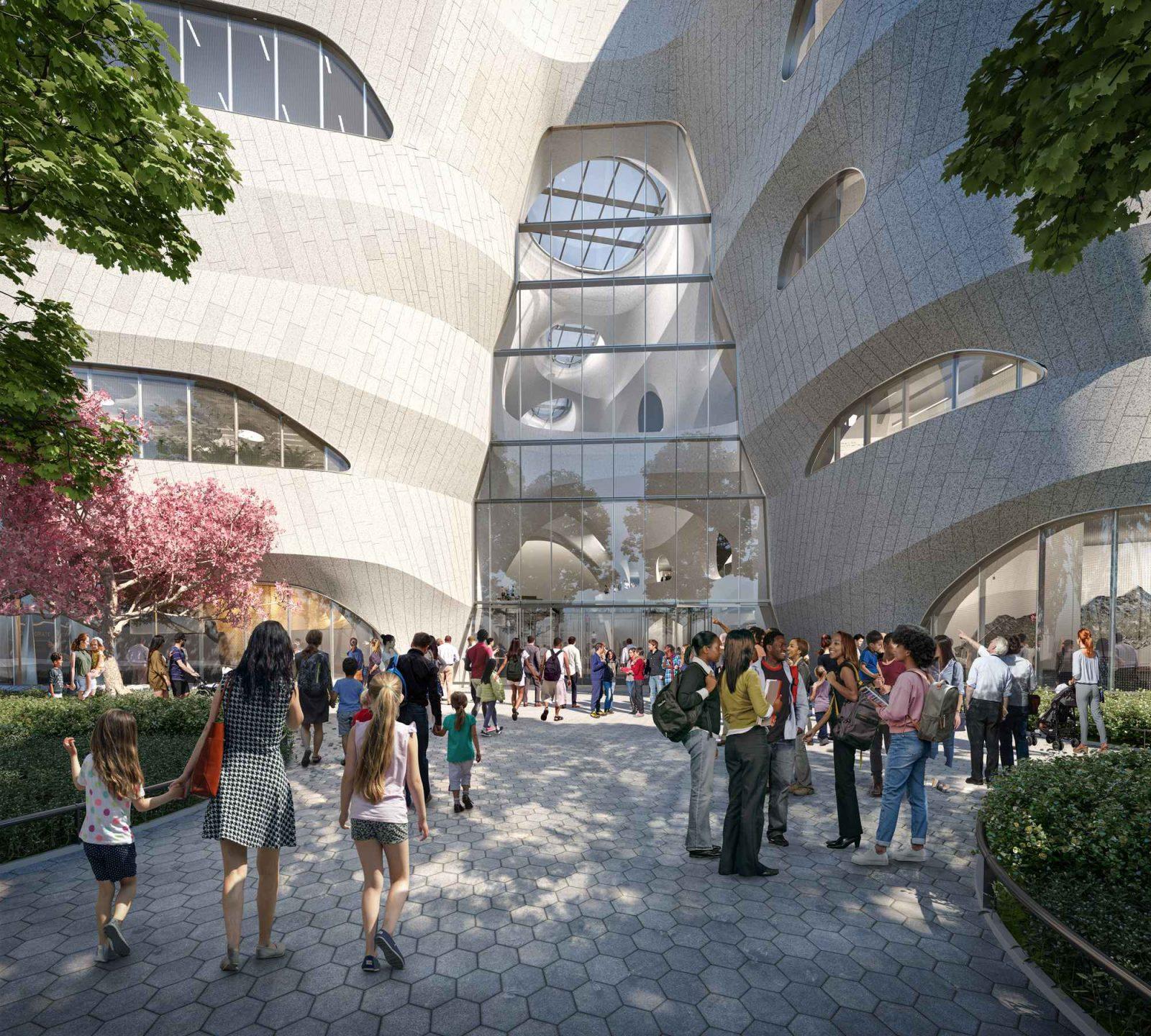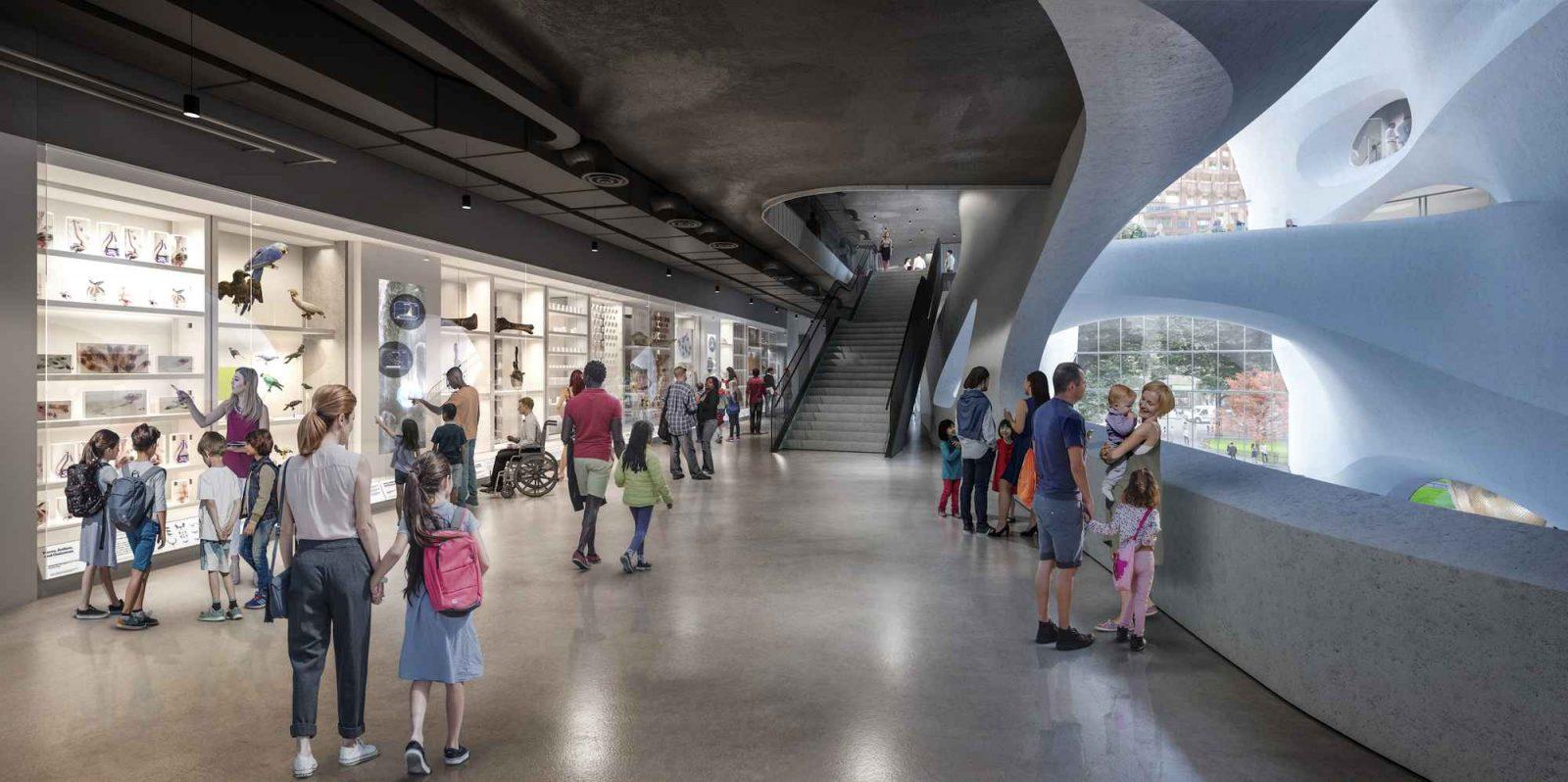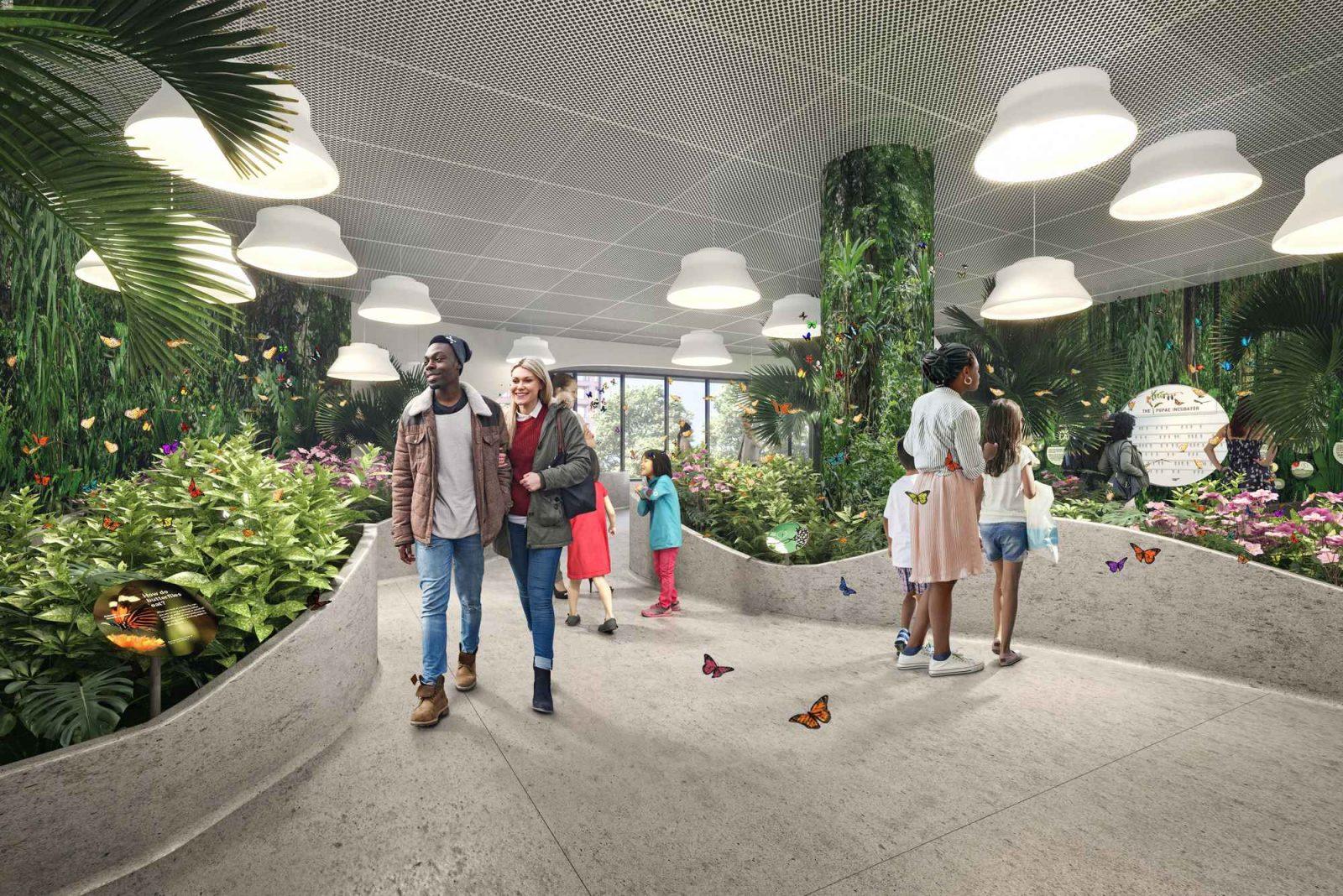The American Museum of Natural History has announced that the Richard Gilder Center for Science, Education and Innovation will be opening next winter — and details of forthcoming exhibitions and collections have been revealed as well.
Advertisement
“Physically, the Gilder Center connects many of the Museum’s buildings, creating a continuous campus across four city blocks as envisioned more than 150 years ago,” wrote AMNH President Ellen Futter in a March 28 press release. “Intellectually, it provides a dramatic embodiment of one of the Museum’s essential messages: that all life is connected.”

© Neoscape, Inc.
Some components of the Richard Gilder Center will include:
The Kenneth C. Griffin Exploration Atrium: a four-story space which will flow through the museum to create a connection from CPW to Columbus Ave and open onto Theodore Roosevelt Park. “Breaking down traditional boundaries between research, education, and exhibition, the space will offer an experience unlike that at any other natural history museum in the world. From the moment visitors enter, they will be transported on a journey of discovery.”

© Neoscape, Inc.
The Gottesman Research Library and Learning Center: this fourth floor space will be larger than the Museum’s existing library, with features including a new scholars’ reading room, exhibition alcove, group study zone, and an adult learning zone.

The Gottesman Research Library and Learning Center in daytime © Neoscape, Inc.
The Louis V. Gerstner, Jr. Collections Core: The Gilder Center will house close to 4 million scientific specimens, and most of them will be stored here. On the first, second, and third levels, an exhibition of floor-to-ceiling arrays will represent every area of the Museum’s collections in vertebrate and invertebrate biology, geology, anthropology, and archaeology. A series of vertical media columns with stories about collections will amplify the experience, and window insets will provide views of working collections areas.

© Neoscape, Inc.
Advertisement
The Davis Family Butterfly Vivarium: a new year-round, 3,000-square-foot permanent exhibition where visitors can mingle with free-flying butterflies, a group that are one of nature’s vital environmental barometers.

© Neoscape, Inc.
The Invisible Worlds Theater: a 360-degree “innovative melding of science and art that will give visitors a breathtakingly beautiful and imaginative yet scientifically rigorous immersion into the networks of life at all scales.”

©Timothy Schenck/Courtesy of the American Museum of Natural History
The Gilder Center project will also include “improvements to the adjacent portion of Theodore Roosevelt Park, with a new landscape design by Reed Hilderbrand that adds seating and gathering areas, expands circulation, revitalizes planting, and enhances park infrastructure.”
According to the AMNH, these design changes will:
- Provide visitors with a more gradual transition from Columbus Avenue into Theodore Roosevelt Park.
- Enlarge Margaret Mead Green with enhanced public access.
- Create “new and expanded park gathering spaces, including paved terraces and seating adjacent to the Margaret Mead Green and Nobel Monument.”
- Improve pedestrian circulation.
- Add “new planted islands that highlight the Museum surroundings and preserve notable canopy trees.”
- Add new plantings across the site.


